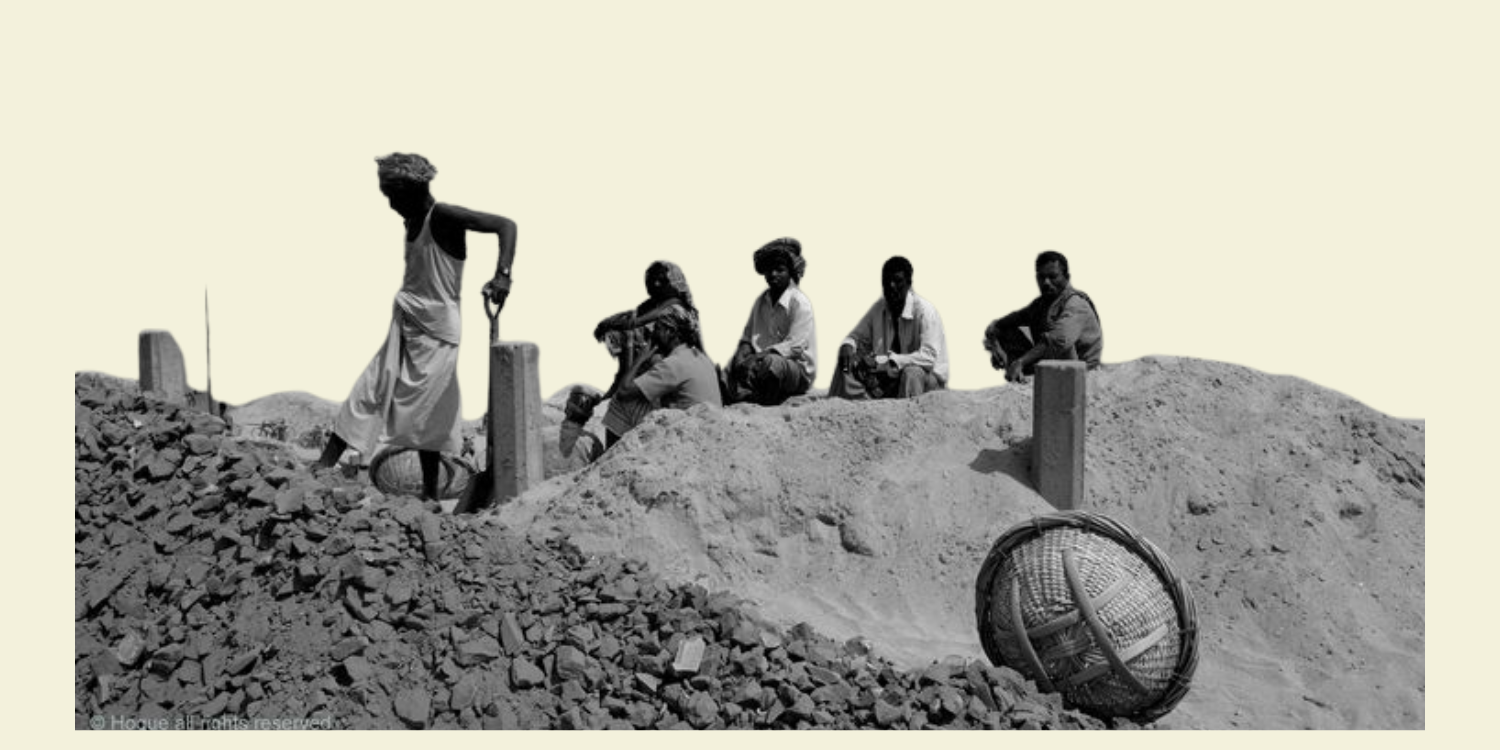Abstract
Heat waves are among the most dangerous natural hazards. Global temperatures are at an all-time high, and extreme temperature events are more frequent and prolonged. This leads to an increase in the number of people exposed to heat stress. Human health is adversely affected by extreme weather conditions like heat waves. Outdoor labour, particularly workers in the informal sector, such as rickshaw pullers, manual labour, street vendors, and construction workers, are more susceptible to the effects of heat stress. Daily intense physical work causes high internal heat production and this heat must be released to avoid health complications. This paper discusses the concept of heat waves while analysing the heatwave trends in India. It highlights the effects of heat waves on the productivity, health, and well-being of urban blue-collar and other outdoor workers in the Indian economy. The paper closes out by recommending short and long-term policy interventions that can help protect outdoor workers from the adverse effects of heat stress.
Keywords: Productivity, heat waves, health and well-being, manual labour, informal economy
Introduction – Heat Wave Trends in India
India reported 280 heat wave days between 11 March and 18 March 2022– the highest in 12 years (Pandey, 2022). India also recorded its hottest March in 122 years this year, with average temperatures being 1.86°C above normal (Arora & Bhardwaj, 2022). Rajasthan, Madhya Pradesh, Himachal Pradesh, Gujarat, and Haryana accounted for 54% of the heat waves this year. Furthermore, the hilly areas of India are abnormally warm this year (Pandey, 2022). The middle to upper-class sections of the population generally have access to air-conditioned offices and hence do not face heat exposure in their work (Chaudhary & Rathi, 2022). However, the same is not true for occupations involving physical labour. 90% of India’s labour force is engaged in the informal sector and does not receive any social insurance or legal protection like the formal sector (Mehrotra, 2019). With the informal sector absorbing most of the population, developing interventions for labour well-being becomes crucial.






